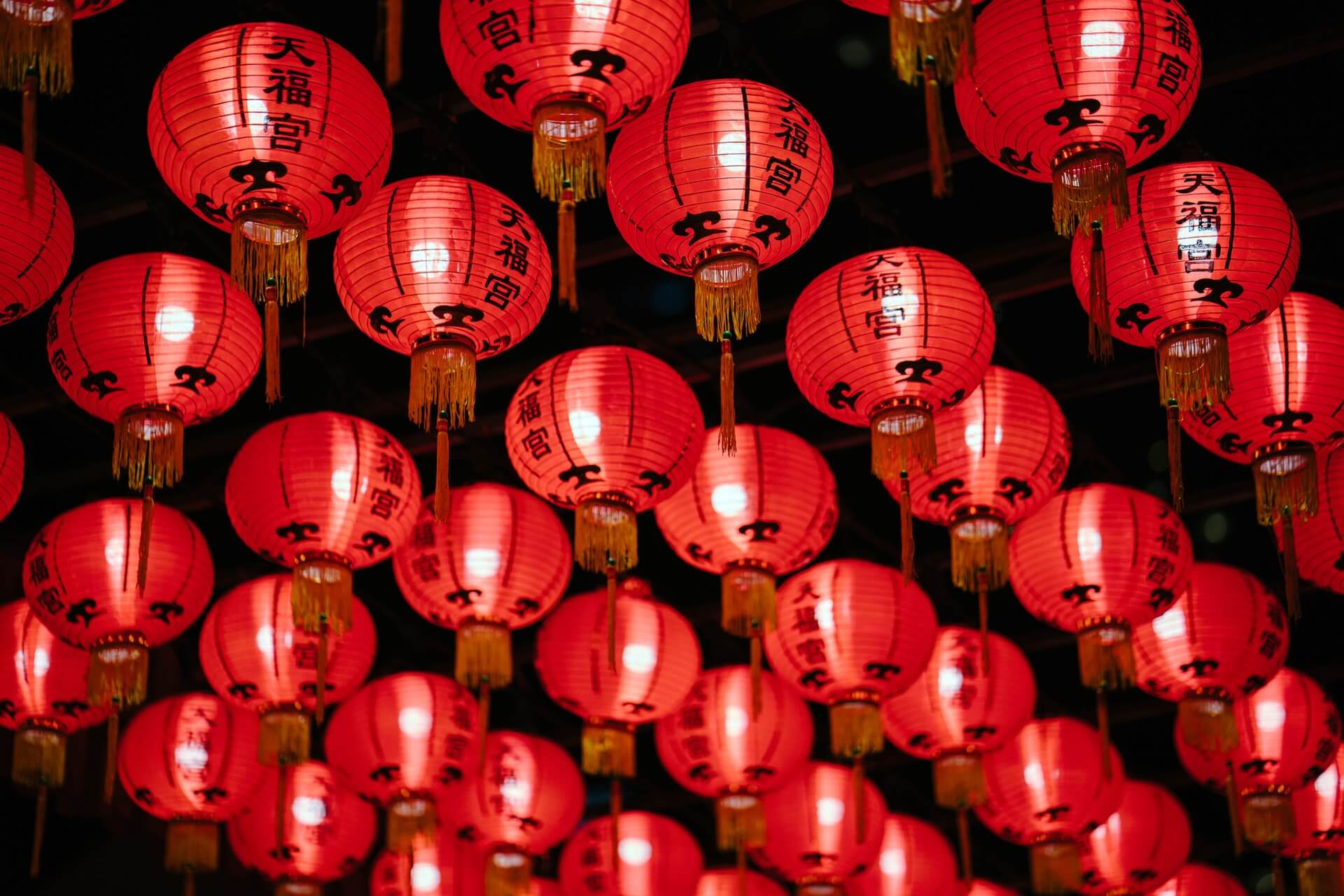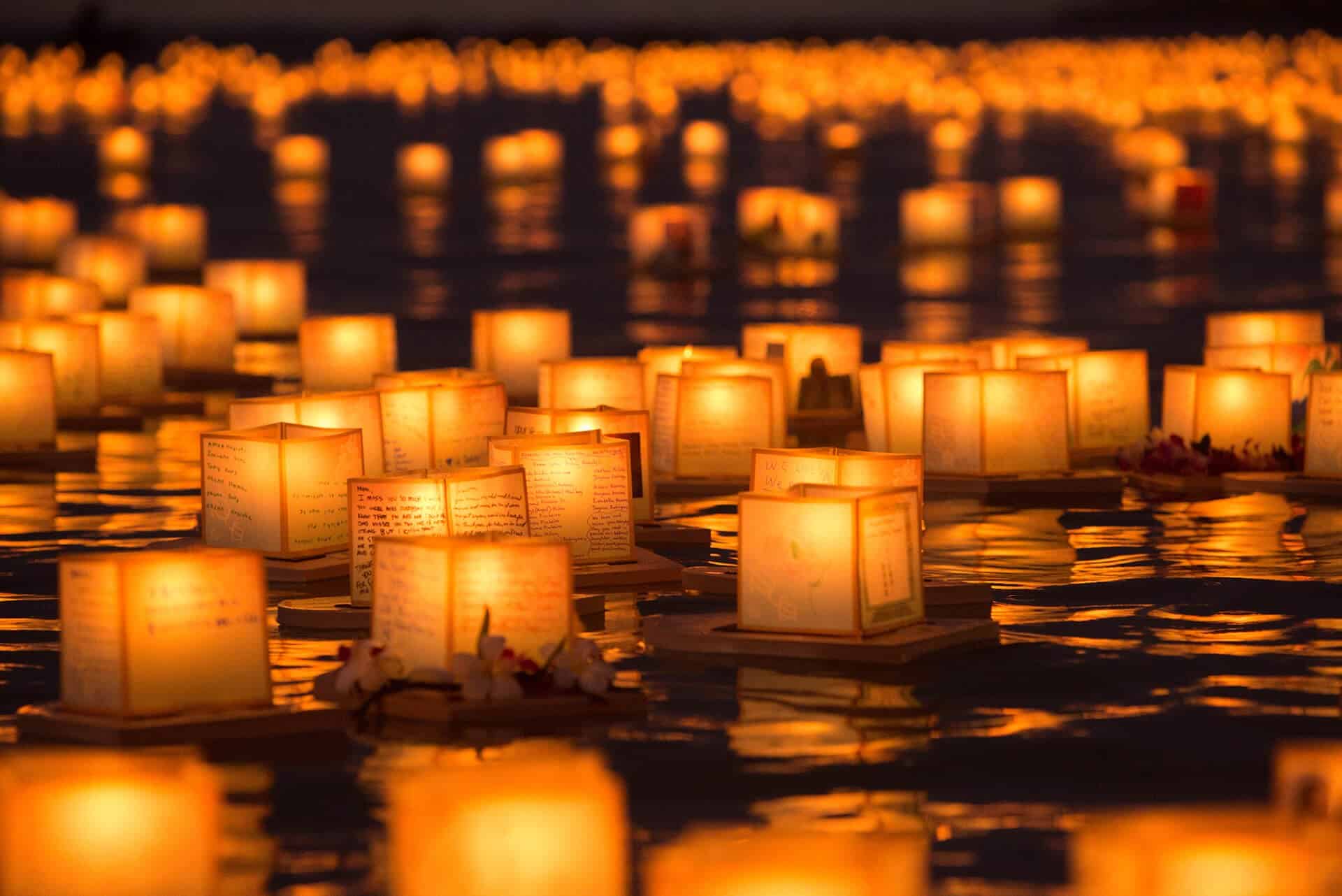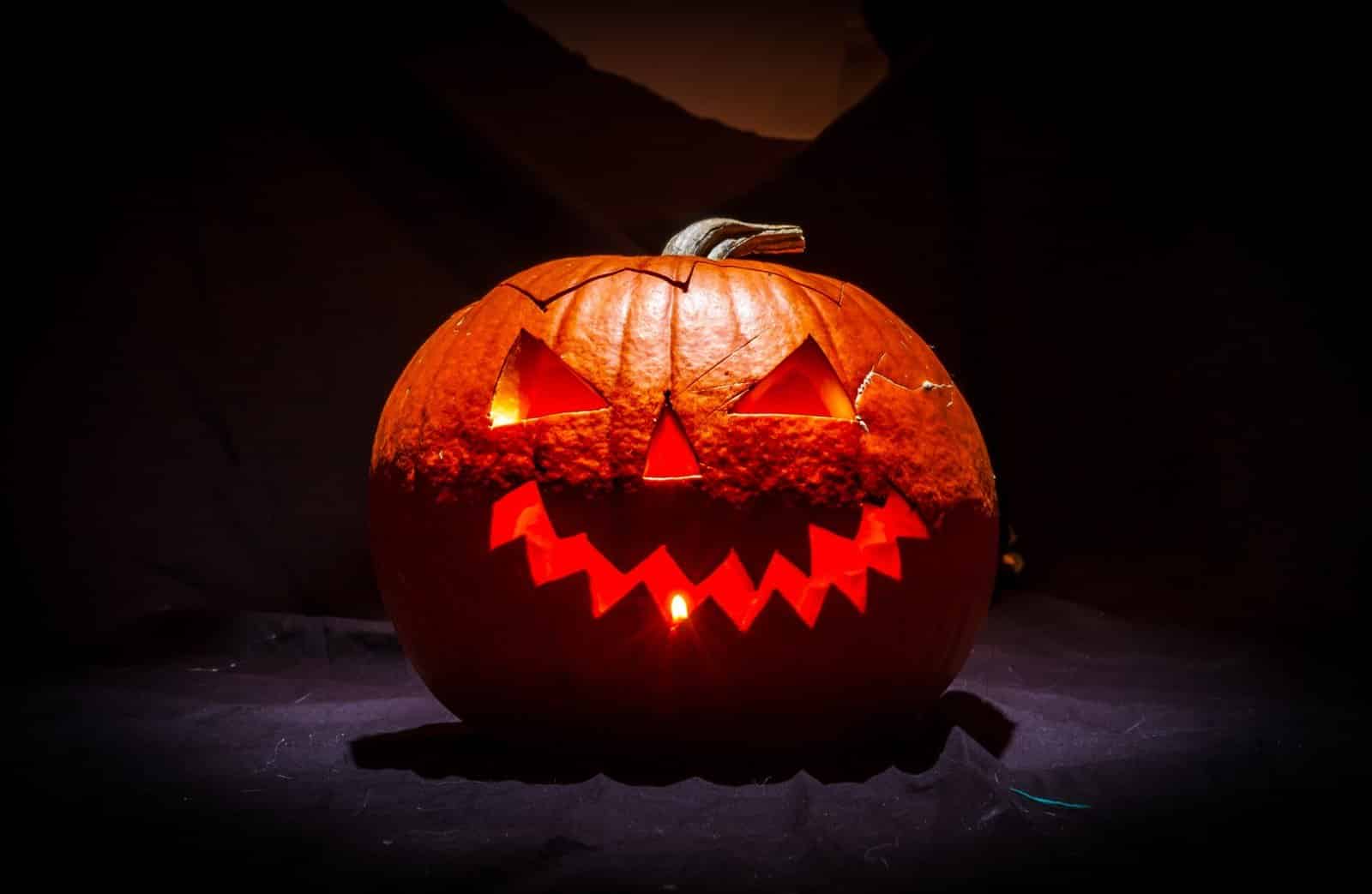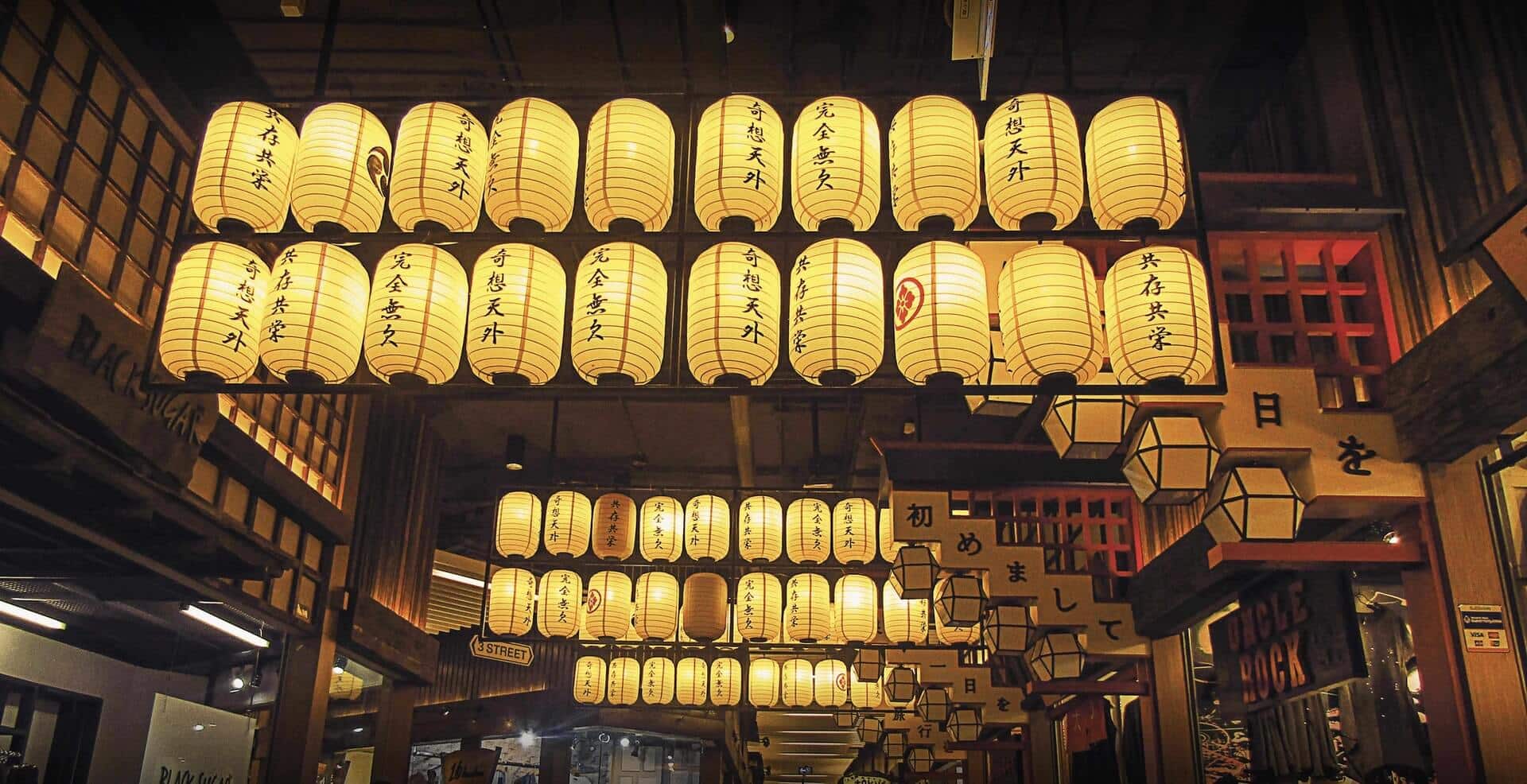At Lantern Club, it goes without saying that we love lanterns! We use them to brighten our lives and yours at our premier entertainment location. But have you ever wondered how to make a lantern or the story behind them?
Find out about lanterns and their presence throughout our culture, then learn how to make one of your own.
A brief history of lanterns
The history of Chinese paper lanterns is so deep that it is actually shrouded in mystery.
Historians’ best estimates put the first paper lanterns almost 2,000 years ago, somewhere between 25-250 AD, although some sources say they might be even older.
Originally used as a simple means of protecting a flame from the wind, lanterns soon became culturally and religiously significant. Before paper was ever used to make books, messages and stylised symbols were painted on paper lanterns to express buddhist ideals and sentiments and to symbolically transmit these to the world.
Like many of Ancient China’s brilliant inventions, paper lanterns quickly spread throughout South-East Asia and Japan. The beauty of the lanterns meant they became far more than a practical lighting style. As well as an attractive art form and religious object, they became a symbol of national pride, especially in China.
Types of paper lanterns
- Hanging Lanterns: They are the most common and practical style. Hanging in homes and along streets, they were the light bulbs of pre-industrial Asia. Not only lighting the way at night, these lanterns were also an attractive decorative addition to any home, public space or shop. At festival times, more lanterns were hung to celebrate deities or special occasions.
- Flying Lanterns: Made of light paper and lifted by the hot air of their interior candle, so-called flying lanterns are a wonder to behold. Most often flown at festival times, anywhere between dozens and thousands of lanterns can light up the night sky.
- Floating Lanterns: Coming in a variety of shapes and sizes, we use floating lanterns during festivals that are near lakes, rivers or ponds. All the floating points of light give an illusion of mirroring the stars above and create astonishing feelings of peace and tranquility.
Why make a paper lantern?
In our rapidly shrinking world, it is a joy to share in exciting cultural practices that bring us together as people. Lanterns are one of the best examples of this. Simple, stylish and beautiful, anyone can make a paper lantern and enjoy an ancient Chinese tradition.
Beyond tradition, there are many other reasons to enjoy lantern making. For one, it is a great family activity. This project is something kids can help with and one you can work on together. You and your kids will feel a sense of pride and achievement when your lantern lights up or takes flight. You can also let your creativity flow by choosing shapes, designs and patterns for your lanterns. This is truly an artform that everyone can enjoy!
Besides that, lanterns retain their practical nature. These days we all have a torch on our phone, but that is cold and clinical. There is nothing like the organic light from a handmade lantern to help guide your way in the dark. It can also give you a glimpse into times gone by, when candle light was the best method to brighten the night.
How to make a lantern: Different materials you can use
Clearly paper is the first go to when making your own lantern. Regular coloured paper from any craft store will do the trick. Of course wax paper and tissue paper can also make stunning lanterns. These latter options will let more light through. The former is best used with slits and openings.
To decorate your lantern, let your imagination free. If you wish to paint on it, water based paints are the best. Oil paint can be flammable and riskier. Streamers, glitter and any other crafty decorations are entirely up to you!
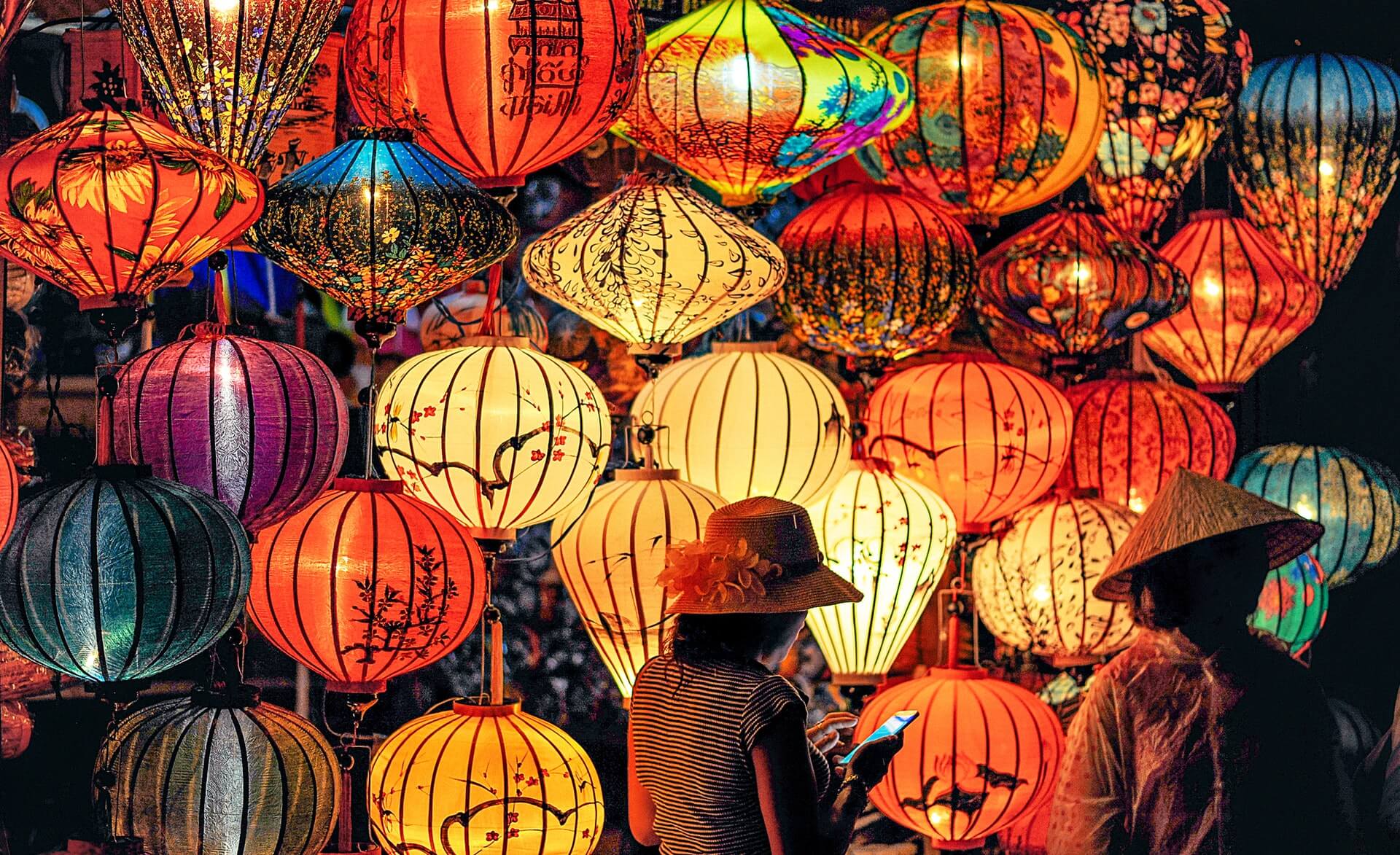
For a more complex lantern, many people use dowel or wire to build a frame. This can give your lantern greater strength and longevity, as well as helping to keep the paper clear of the candle flame.
For your interior candle, it is best to use only small votive or tea light candles. Larger candles can be far more dangerous for the precious paper. Your lantern won’t be the best if it bursts into flames!
Another option is a battery-powered tea-light. These are often used to line aisles at weddings or to bring a little magic to the table at evening events. You’ll find options which flicker to mimic a real candle. Far safer than an open flame, the other benefit is you can use your battery-powered candles again and again.
How to make a paper lantern
Getting started
The simplest paper lantern can be made with a roll of coloured paper, some glue or a stapler and some scissors.
The steps are as follows:
- Fold your piece of paper in half lengthways.
- Use scissors to cut along the folded edge. Don’t cut all the way however, leave some space at the end.
- Roll the paper into a tube with the fold in the middle. You will notice your cuts will spread pleasingly.
- Glue or staple the tube securely.
- If required glue or staple a handle using a strip of coloured paper or string to make a handle.
Next steps
Now you have a homemade paper lantern! Again, because it is made of paper, use only votive or tea candle. If your lantern is sitting on a flat surface, it is wise to place the candle in a glass first for added safety. Always be aware that candles are an open flame and you need to take every precaution necessary.
Floating lanterns are easy to make too. Start with a light base that will float on water. You can usually find something suitable at any craft store. You can then create a frame using dowel or wire and fit your choice of paper over your frame. Dowel is best and easiest for simple square candles but wire can be formed into any shape you can imagine! Remember, if you are setting candles afloat it is best to have a way to gather the remains when you are done, particularly if you are using a non-biodegradable base like styrene. One pretty evening is not worth polluting a waterway.
Flying lanterns can be home made as well but it is best to use them only during specific festivals. It has been found that flying lanterns can be a fire hazard as well as a risk to wildlife. If you are sending flames into the air, make sure to be responsible!
Decorate your home with lanterns
Once you have made your lanterns, you can hang them outside and light up your outdoor areas when you have guests. You can even look for small citronella candles to keep the bugs away.
Many stores now sell small strings of lanterns with mini-fairy lights inside. You can find solar powered models which will come on automatically after dark. Place these where they can be seen from indoors and they’ll add a merry touch to every evening at home.
Lanterns in fiction and mythology
Many will remember the flying lanterns on Disney’s movie Tangled. Set aloft once a year in remembrance of the missing princess Rapunzel, they are a stunning focal point of the film. The animators superbly captured the ethereal beauty of flying lanterns as they float above the lake and reflect in the water. They even serve their purpose: they help Rapunzel discover her true identity.
Chinese lantern tales
Of course, the writers at Disney borrowed the flying paper lanterns from Asian culture. In China, there is a myth that explains the origins of the lantern festival.
It was said that a fairy crane landed on Earth and was shot by an unwitting hunter. The hunter didn’t realise that he was killing a holy creature but the Jade Emperor, the King of Heaven was incensed. He insisted that his soldiers burn all of the humans and animals on Earth as punishment for the hunter’s mistake. Taking pity on the people and animals of Earth however, the emperor’s daughter suggested that on the dates that the soldiers where to burn the world, people light lanterns and set off firecrackers and fireworks. This way the emperor would look down and assume the world was burning. After the success of this ploy, every year since has celebrated from the 14th -16th of the first lunar month of the year with lanterns and fireworks.
As it happens, this is only one of many myths about the origins of the lantern festival. Another tells the story of one of the Emperor’s key advisers coming across a young maid named Yuan Xiao. Yuan Xiao had been separated from her family and was preparing to commit suicide from grief. The adviser hatched an elaborate plan that culminates with Yuan Xiao riding through town as a pretend envoy of the fire god. As with the previous story, the plan involves lighting lanterns and fireworks to fool the gods. With citizens taking to the streets with lanterns, Yuan Xiao’s parents appear to watch the spectacle and she is happily reunited. In many parts of China, the Lantern Festival is named the Yuan Xiao festival after the young maid.
Other lantern stories
In Western culture, there is the Jack-o-lantern. Made not form paper, but rather a carved pumpkin, the Jack-o-lantern is now synonymous with Halloween. The origins of this lantern actually in lie bogs and swamps. Swamp lights, mysterious balls of light appearing in marshy and boggy areas, were once known as Jack-o-lanterns as well as will-o-the-wisps.
The tale of Stingy Jack and his deal with the devil evolved over time into the grinning pumpkins that we now know and love.
Incredible lantern festivals around the world
With the growing popularity of paper lanterns, there are now dozens of spectacular lantern festivals around the world. Here are a few of the best:
- Yuan Xiao Lantern Festival, China: Dating back over 2,000 years, the Yuan Xiao Lantern Festival is the original and still one of the best. With its origins shrouded in myth, Chinese people still celebrate on the end of Chinese New Year celebrations with lanterns and fireworks. Red lanterns adorn nearly every building and people celebrate on the streets in this ancient festival.
- Marine Day Lantern Festival, Japan: Every year the Japanese celebrate a national holiday in mid-July celebrating the ocean. In Tokyo, the sea is honoured by thousands of lanterns adorning Odiba Beach. In true Japanese fashion, the lanterns are placed in the sand in neat and spectacular patterns.
- Yee Peng Festival, Thailand: Once a year, around mid-November, in Chiang Mai, thousands of people wish for good fortune for the new year. These wishes are represented by flying and floating candles. This makes for a stunning sight with lights above and below, giving the viewer a sense of being amongst the stars.
- Hoi An Full Moon Lantern Festival, Vietnam: On the 14th day of every lunar month in the city of Hoi An, all electric lights are turned off. Instead, the city is lit by thousands of colourful paper lanterns. The locals believe that the lanterns honour their ancestors and bring good fortune and love for the month to come.
- Chinese New Year Lantern Festival, Sydney: Sydney has held its own version of the Yuan Xiao Festival for the past four years and the event keeps getting bigger. Held at Tumbalong Park, the event is the biggest in the country to be organised by the Chinese community.
Come to Lantern Club
Once you and your family have learnt to make lanterns and perhaps floated a few of your own, where better to celebrate than at Lantern Club?
If you are out for an evening walk to enjoy the lights in the sky, stop in for dinner or a drink at MaZi restaurant afterwards. Think of our name and how it reflects a light that brings people together.

